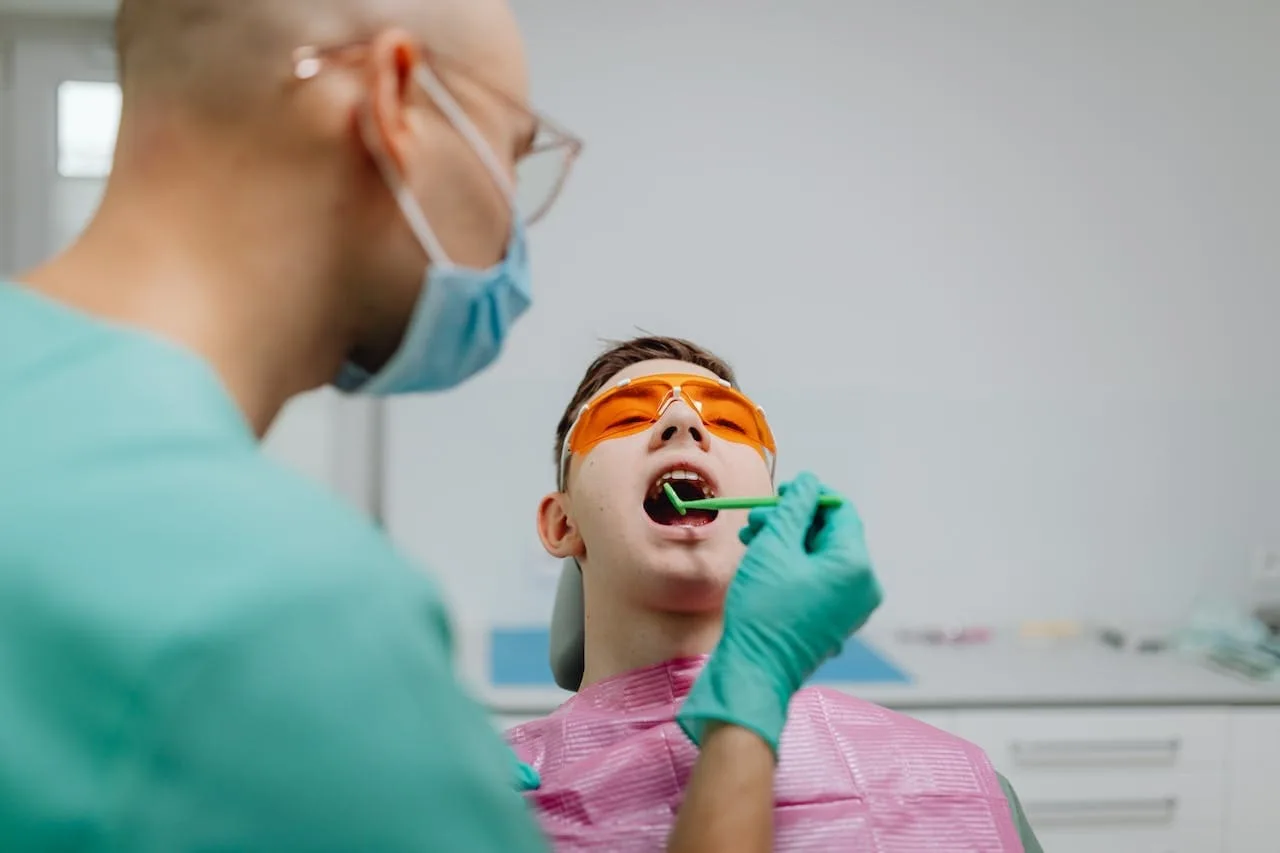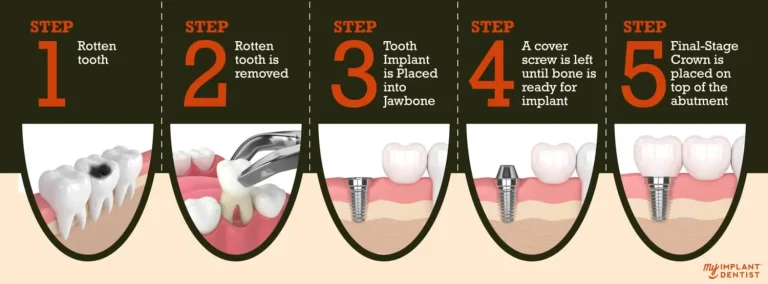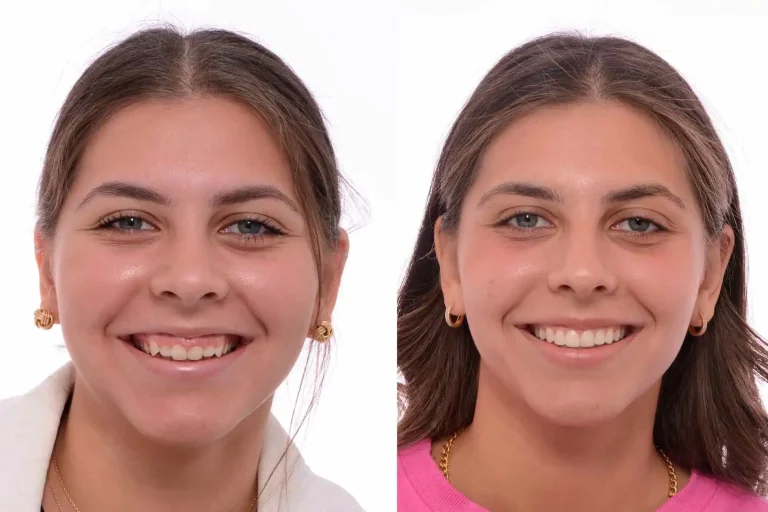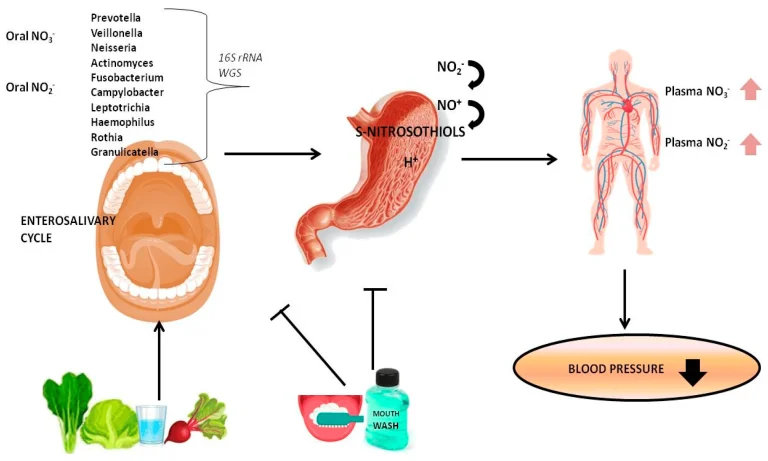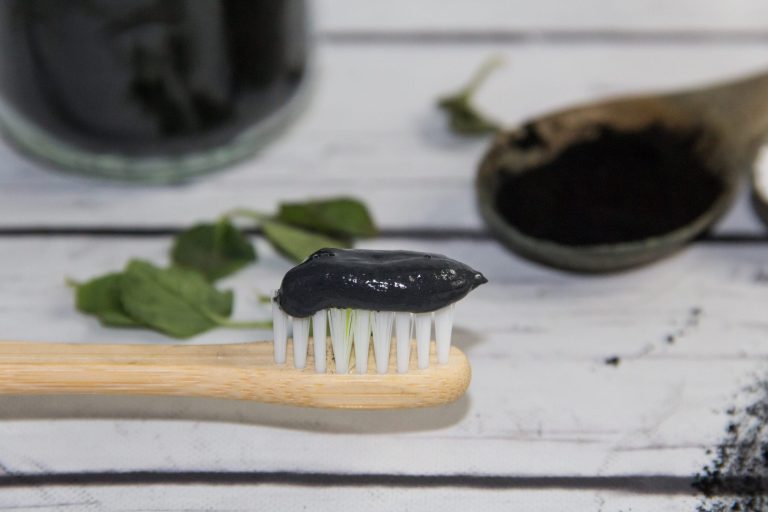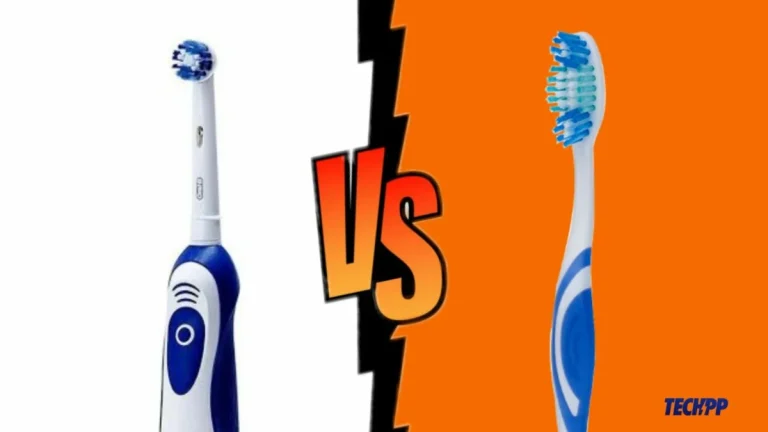Debunking Common Dental Myths: Separating Fact from Fiction
When it comes to dental health, there’s no shortage of advice and information. However, not all of it is accurate. Many common dental myths persist, leading to misconceptions and even harmful habits. These myths can prevent people from taking the right steps to maintain a healthy smile.
In this article, we’ll debunk some of the most widespread dental myths and replace them with evidence-based facts. By understanding the truth behind these misconceptions, you can make better decisions for your oral health and avoid practices that might be doing more harm than good. Let’s separate fact from fiction and set the record straight on some of the most common dental myths.
Myth 1: Sugar is the only cause of cavities
It’s a widely held belief that sugar is the sole culprit behind cavities. While it’s true that sugar plays a significant role in tooth decay, it’s not the only factor. Cavities are caused by a combination of poor oral hygiene, bacteria in the mouth, and the consumption of acidic foods and drinks.
When you eat sugar, the bacteria in your mouth feed on it and produce acid as a byproduct. This acid erodes tooth enamel, leading to decay. However, acidic foods and beverages, such as citrus fruits, soda, and wine, can also weaken enamel directly, even without the presence of sugar. Additionally, inadequate brushing and flossing allow plaque to build up, creating an environment where bacteria thrive and cavities form.
To protect your teeth, it’s important to limit not only sugary foods but also acidic ones. Maintaining a consistent oral hygiene routine, including brushing twice a day, flossing daily, and using fluoride toothpaste, is key to preventing cavities. Regular dental check-ups can also help catch early signs of decay before they become serious problems.
Myth 2: Brushing harder cleans teeth better
Many people believe that brushing their teeth with extra force will remove more plaque and leave their teeth cleaner. Unfortunately, this is far from the truth. Brushing too hard can actually harm your teeth and gums rather than help them.
Aggressive brushing can wear down tooth enamel, the protective outer layer of your teeth, making them more susceptible to sensitivity and decay. It can also irritate and damage your gums, leading to recession, which exposes the roots of your teeth and increases the risk of infection.
The key to effective brushing lies in technique, not force. Dentists recommend using a soft-bristled toothbrush and gentle, circular motions to clean your teeth. Hold the brush at a 45-degree angle to your gums and focus on each tooth individually. Brushing for two minutes, twice a day, is sufficient to remove plaque and keep your mouth healthy.
If you’re unsure about your brushing technique, ask your dentist or dental hygienist for a demonstration during your next visit. Remember, gentle brushing is not only more effective but also safer for your oral health.
Myth 3: You only need to see a dentist when you have pain
A common misconception is that dental visits are only necessary when you’re experiencing pain or noticeable problems. However, waiting for symptoms to appear before seeing a dentist can lead to more serious and costly issues down the line.
Regular dental check-ups are essential for maintaining good oral health. Dentists can identify and address potential problems early, often before they cause pain or require extensive treatment. For example, cavities, gum disease, and even oral cancer can be detected in their early stages during routine exams, making them easier to treat.
Preventive care, such as professional cleanings, fluoride treatments, and sealants, also plays a crucial role in keeping your teeth and gums healthy. These services help remove plaque and tartar buildup, strengthen enamel, and protect against decay.
The American Dental Association recommends visiting your dentist at least twice a year for routine check-ups and cleanings. By staying proactive about your dental health, you can prevent problems before they start and maintain a healthy, pain-free smile.
Conclusion
Dental myths can lead to misunderstandings and poor oral health practices, but knowing the facts can help you make better decisions for your smile. Sugar isn’t the only cause of cavities, brushing harder isn’t better, and regular dental visits are about more than just addressing pain—they’re about prevention and early detection.
By adopting evidence-based dental care habits, you can protect your teeth and gums for years to come. Don’t let myths stand in the way of a healthy smile. Schedule your next dental appointment today and take the first step toward optimal oral health.
FAQs
1. Is sugar the only cause of cavities?
No. While sugar contributes to cavities, they’re also caused by poor oral hygiene, bacteria, and acidic foods/drinks that erode enamel.
2. Does brushing harder clean my teeth better?
No. Brushing too hard can damage enamel and gums. Gentle, circular motions with a soft-bristled brush are more effective.
3. Do I only need to see a dentist when I’m in pain?
No. Regular check-ups are crucial for early detection and prevention of dental problems before they cause pain or require extensive treatment.
4. How often should I visit the dentist?
The American Dental Association recommends visiting your dentist at least twice a year for routine check-ups and cleanings.
5. What is the best way to brush my teeth?
Use a soft-bristled toothbrush, hold it at a 45-degree angle to your gums, and use gentle, circular motions. Brush for two minutes, twice a day.
6. What are the risks of brushing too hard?
Aggressive brushing can wear down tooth enamel, cause gum recession, and increase tooth sensitivity and risk of infection.
7. Besides sugar, what other foods contribute to enamel erosion?
Acidic foods and beverages like citrus fruits, soda, and wine can also weaken enamel.
8. What is the main benefit of regular dental checkups?
They allow dentists to identify and address potential problems early, such as cavities, gum disease, and even oral cancer.
9. What role does fluoride play in preventing cavities?
Fluoride strengthens tooth enamel, making it more resistant to acid attacks from bacteria and acidic foods.
10. What are some preventive dental care measures I can take?
Brush twice a day, floss daily, use fluoride toothpaste, limit sugary and acidic foods, and get regular dental check-ups and cleanings.

